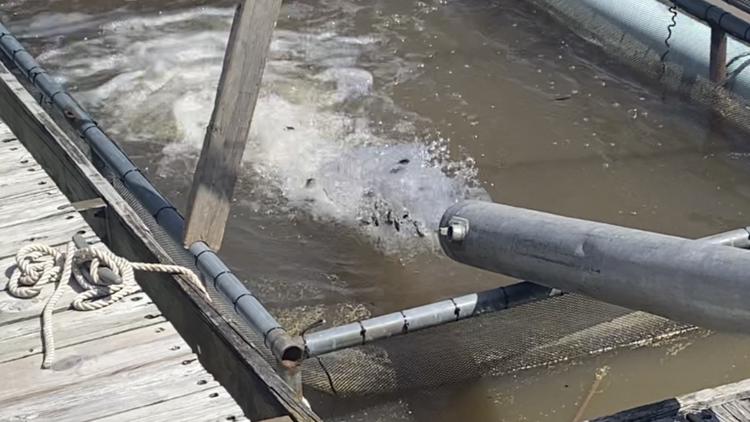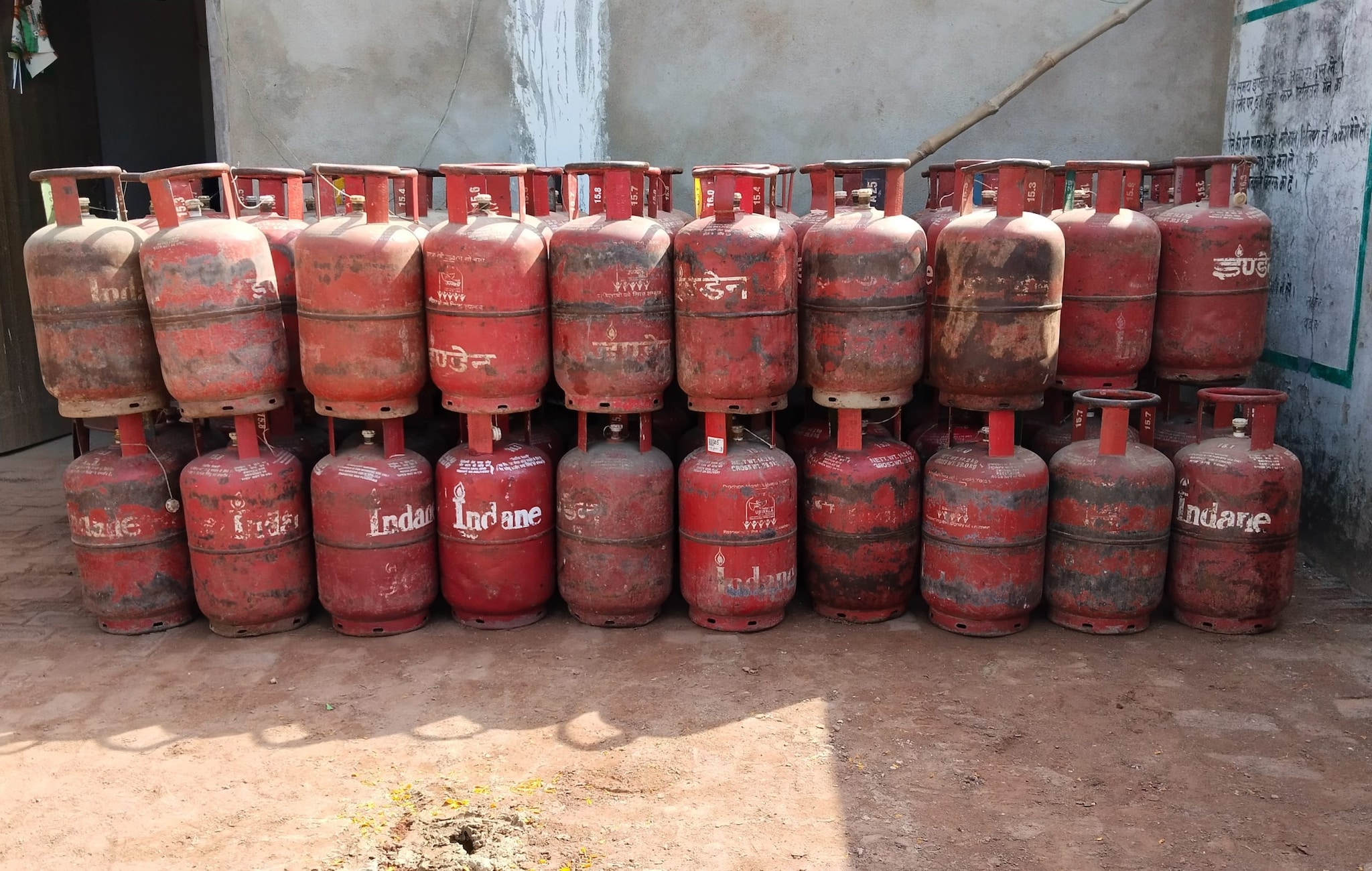OLCOTT, N.Y. — Under sunny skies with a brisk wind, members of the Lake Ontario Trout and Salmon Association partnered with the NY State Department of Environmental Conservation (DEC) to stock more than 150,000 fish into a tributary of Lake Ontario on Monday.
It's an effort aimed to boost both conservation in the lake and the economies of its shoreline communities. Anticipated day It's a day of anticipation which brings volunteers and onlookers to the Newfane Town Marina in Olcott in what is generally a quiet time of year for the community, which becomes bustling in the summer. Four DEC tanker trucks pulled up to the marina delivering 138,000 chinook salmon and 15,000 steelhead, which were transported roughly 200 miles from a DEC hatchery in Oswego County.

They were discharged with pipes and placed in pens which were then towed to docks near the mouth of 18 Mile Creek where they will be kept and fed for three weeks before being released. Salmon are known to return to the place where they hatched when it comes time to spawn. And while they can't return to the hatchery, it is hoped they will imprint here instead.
"That's what we're shooting for," said Alan Sauerland, the Lake Ontario Trout and Salmon Association Vice President. Vital to the economy The area of Lake Ontario off the shore of Niagara County consistently ranks as among the best freshwater fisheries in the world and is also vital to the economy of shoreline communities. A study commissioned two years ago estimated the yearly economic impact from fishing to be about $58 million just in Niagara County as anglers have been known to travel thousands of miles in search of trophy fish.
"That's between hotels, restaurants, stores, bait shops and charters," said Sauerland, noting that other tourist attractions also benefit from the influx of fishermen. Circle of Life Sauerland, who also runs a fishing charter, estimated that about half of the fish stocked on Monday will probably never make it to the age of spawning due to natural factors like predation by larger fish and birds of prey, along with the number that will be caught by anglers. "It's a put and take fishery,' Sauerland said.
"So they're expecting to put in 138,000 and lose 138,000 whether that's due to predation by other fish or birds or or the anglers that are fishing.".
Business

Sport fish stocking boosts conservation efforts and local economy

Lake Ontario Trout and Salmon Association partners with DEC to stock more than 150,000 fish into Lake Ontario.














